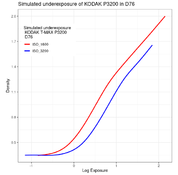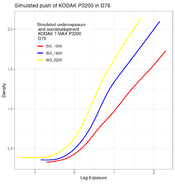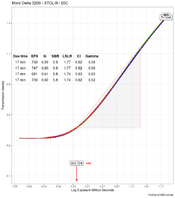bernard_L
Member
- Joined
- Feb 17, 2008
- Messages
- 2,089
- Format
- Multi Format
I finally got around to developing KODAK T-MAX P3200 and Ilford Delta 3200 in XTOL.
<<SNIP>>
So does XTOL have magic? I would say, with T-MAX P3200, there's some magic to it. Yes.
Now I am really curious how seasoned XTOL will perform.
View attachment 322757View attachment 322759
Confused by the graphs. They mention D-76 while the current topic seems to be Xtol. And the two curves (blue, red) are labeled with identical dev times: 16min. Makes it difficult to mesh curves and discussion.
I must be missing something, since the discussion goes on without anybody mentioning this...











 .
.